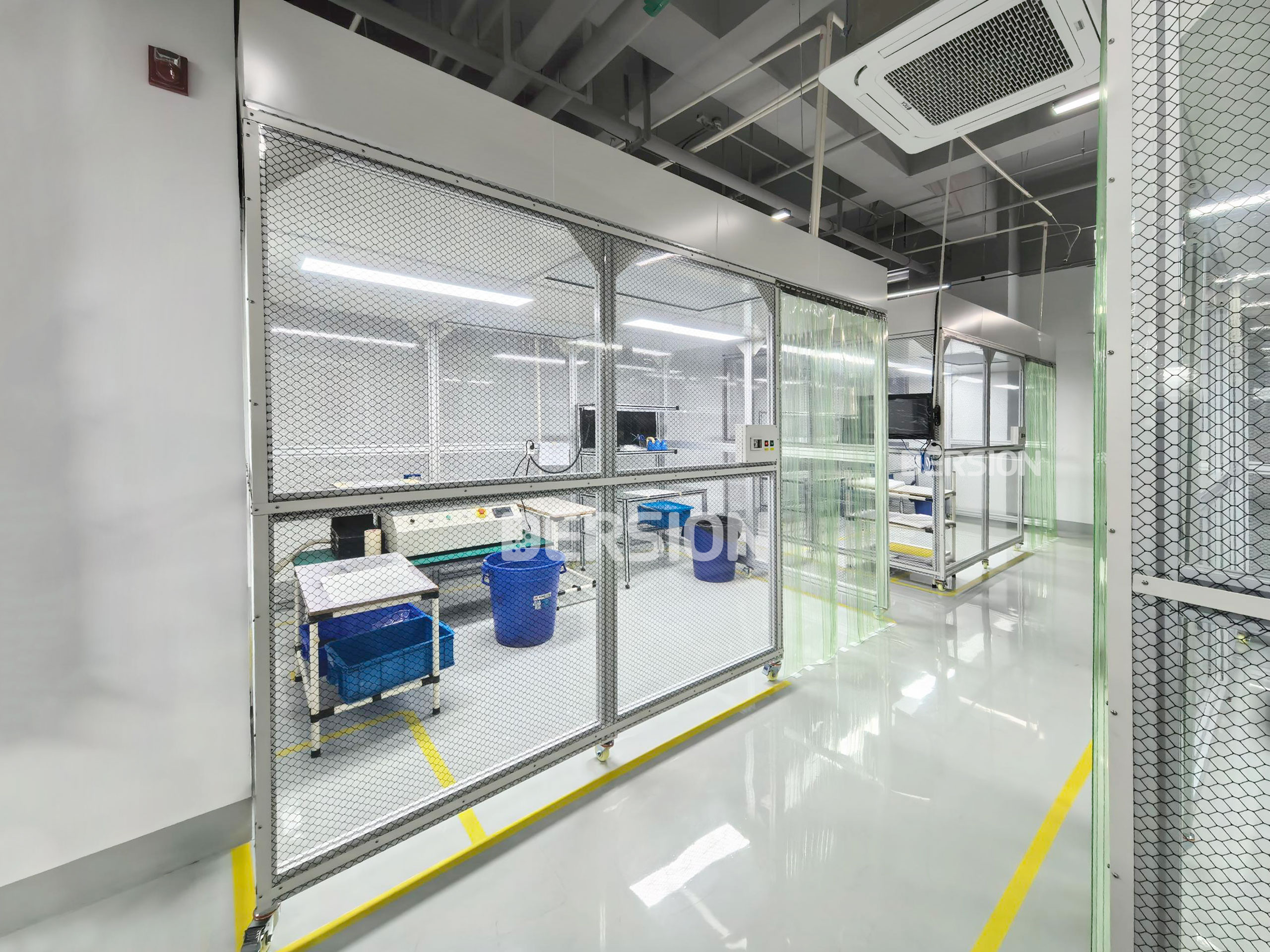As an indispensable special environment in the fields of precision manufacturing, pharmaceutical production, biotechnology and electronics industry, the performance testing of clean rooms is directly related to product quality and production safety. This article will introduce the core items of clean room testing in detail to help you fully understand the key content of clean room testing.
Cleanliness test: core indicators
Cleanliness is the most important performance indicator of a clean room, and is mainly tested in the following ways:
1. Suspended particle concentration test
- Use a particle counter to measure the number of particles with different particle sizes from 0.1μm to 5.0μm
- Perform graded testing in accordance with ISO14644-1 standard
- Test points should be evenly distributed in the clean room work area
2. Microbial testing
- Settling bacteria test: Use the settling disc method to collect microorganisms in the air
- Floating bacteria test: Use a floating bacteria sampler to collect air samples
- Surface microbial testing: Contact disc method or cotton swab method

Airflow performance test
1. Wind speed and air volume test
- Unidirectional clean room: measure the uniformity of wind speed on the working surface
- Non-unidirectional clean room: measure the supply and return air volume
- Use hot wire anemometer or air volume hood for measurement
2. Airflow pattern test
- Visualize the airflow direction
- Detect whether the airflow is short-circuited or there is a vortex area
- Common methods include smoke test and silk thread method
3. Ventilation frequency test
- Calculate the number of air changes per unit time
- Key parameters for non-unidirectional clean room
Pressure difference detection
1. Static pressure difference detection
- Pressure difference between clean rooms of different levels
- Pressure difference between clean room and outdoor environment
- Usually maintained within 10-15Pa range
2. Airflow direction confirmation
- Ensure that airflow flows from high-level areas to low-level areas
- Important indicator to prevent cross contamination
Temperature and humidity detection
1. Temperature detection
- Temperature uniformity of the working area
- Temperature fluctuation range control
- Meet production process requirements
2. Humidity detection
- Relative humidity or absolute humidity measurement
- Humidity control accuracy detection
- Prevent static electricity and microbial growth
Self-cleaning time detection
1. Pollution recovery test
- The time required to restore to the clean standard after simulating pollution
- Evaluate the self-cleaning ability of the clean room
- Key indicators are used to evaluate system efficiency
Other important detection items
1. Noise detection
- Measurement of noise level in the working area
- Meet occupational health standards
2. Illumination detection
- Illumination uniformity of the working plane
- Meet Visual requirements of operators
3. Electrostatic detection
- Surface resistance and static voltage measurement
- Especially important for clean rooms in the electronics industry
- High-efficiency filter leak detection
- PAO/DOP test to detect the integrity of HEPA/ULPA filters
- Ensure that the filtration efficiency meets the standard
Recommended detection frequency
1. Daily monitoring: particle count, pressure difference, temperature and humidity, etc.
2. Regular detection: wind speed, ventilation times, self-cleaning time, etc.
3. Verification test: high-efficiency filter leak detection, airflow flow pattern, etc.
Conclusion
Clean room detection is a key link to ensure that the clean environment continues to meet the standards, and professional testing equipment and personnel are required. Through comprehensive and systematic testing, potential problems can be discovered in time to ensure the normal operation of the clean room and product quality. The focus of clean room testing in different industries and levels may vary. It is recommended to formulate targeted testing plans based on specific application needs.
Post time: Apr-29-2025
